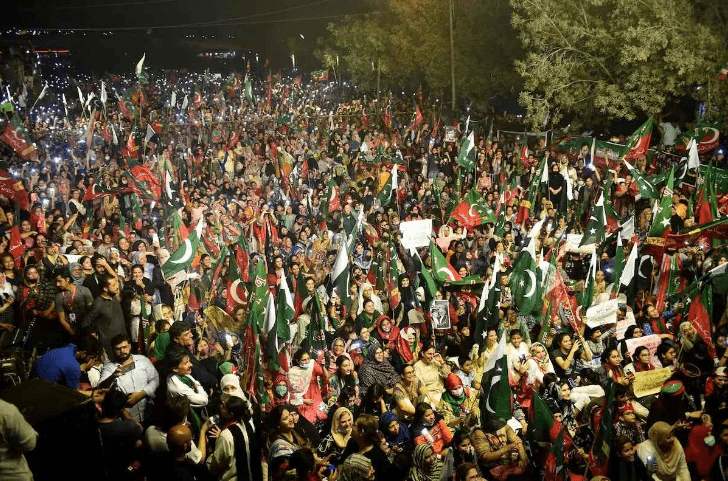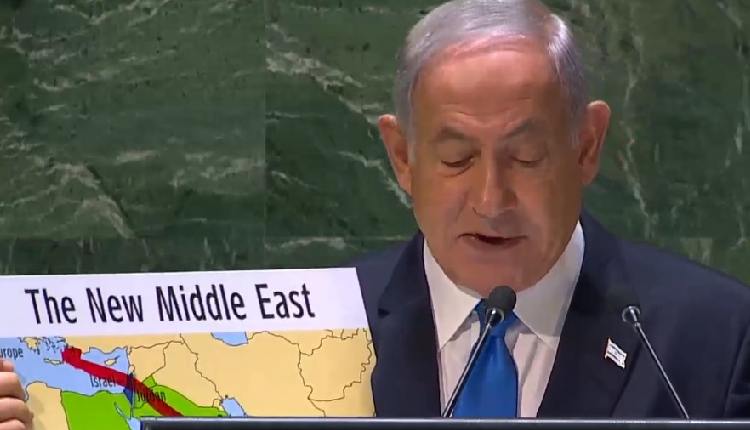
Pakistan is grappling with an unprecedented financial crisis, driven by a complex array of challenges, according to Atif Mian, a renowned Pakistani-American economist from Princeton University. In a recent analysis, Mian highlighted the country’s spiraling domestic and external debt, unsustainable pension liabilities, and a failing power sector as key contributors to its dire economic condition, according to Dawn.
Mian’s evaluation paints a bleak picture, suggesting that Pakistan’s economic situation is among the worst globally, a direct result of fiscal mismanagement. “It is difficult to find another country in such poor shape,” Mian stated on his X account.
In response, Asad Rizvi, former Treasury Head at Chase Manhattan Bank, urged Mian to propose practical solutions to these challenges. Rizvi emphasized that without addressing critical concerns such as the tax-to-GDP ratio, the bank advances-to-deposit ratio, and the reduction of open market operations (OMOs) — which currently stand at Rs 11.97 trillion — the country will struggle to recover. He also underscored the need to stabilize the currency in circulation (currently Rs 9.12 trillion) and tackle the Rs 2.5 trillion in circular debt.
Some analysts argue that Pakistan’s over-reliance on foreign aid has made the country unwilling to make the tough economic decisions required for recovery.
Mian pointed out that the financial issues faced by advanced economies like the US and Japan are fundamentally different from those affecting Pakistan. Countries like the US have a strong history of stable inflation, credible monetary policies, and robust taxation systems, all of which provide them with much larger fiscal flexibility. This, in turn, makes global markets more forgiving to such countries, Mian explained.
He also referred to former French President Charles de Gaulle’s critique of the US dollar’s dominance as the world’s primary reserve currency. De Gaulle described this as an “exorbitant privilege,” arguing that it allows the US to run trade deficits and borrow cheaply at the expense of other nations.
Economists, including Mian, warn that Pakistan’s future looks bleak unless immediate corrective actions are taken. Critics, however, argue that the country’s leadership appears more focused on domestic political maneuvering than on addressing the economic crisis.
Experts have identified three major “doom loops” that continue to worsen the situation. The first is the fiscal loop, where mounting debt interest payments and pension obligations force the government to borrow more, further deepening the fiscal crisis. The second is the external loop, where Pakistan’s high import-to-export ratio and dependence on remittances hinder sustainable growth. The third and most perilous loop is a confidence spiral, as talented young individuals leave the country, deterring investment and fueling disillusionment.
This growing instability is exacerbated by political unrest, with analysts observing that Imran Khan’s current popularity stems largely from the public’s frustration rather than his policies. Regardless of who holds power, Pakistan’s political volatility is expected to continue in the current economic climate.
“The military retains immediate control, but the more they try to grasp it, the more it slips away,” noted one commentator. Observers warn that without a shift in leadership priorities, Pakistan’s future remains grim, with many questioning whether the country’s leaders are willing to prioritize the welfare of the nation over personal interests.






